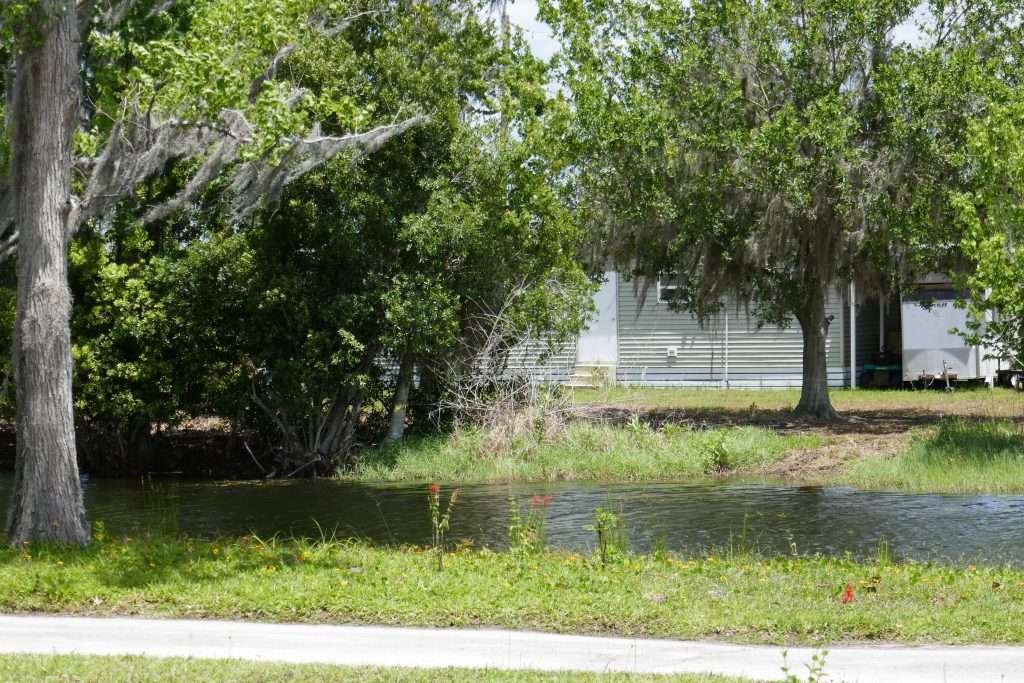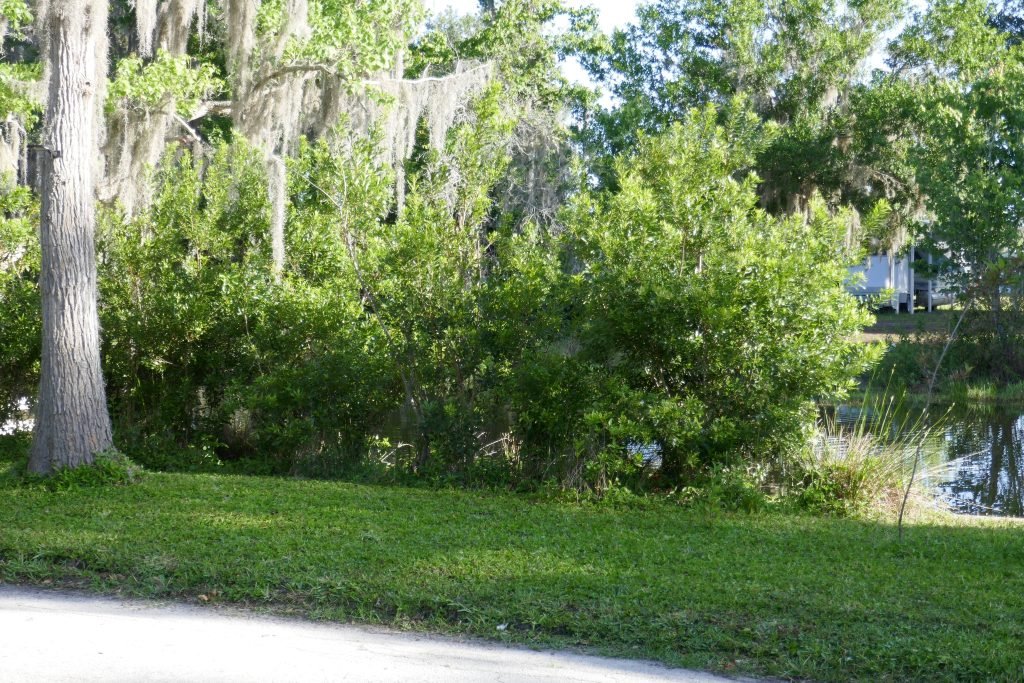Join Creative Forces with Mother Nature
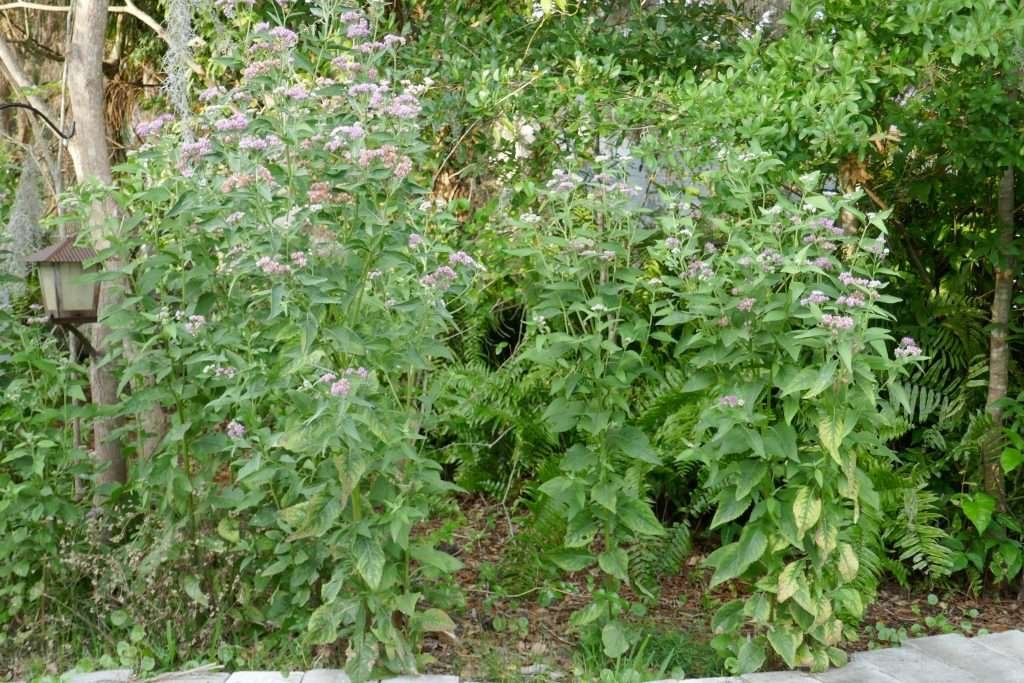
The beauty that springs forth from nature is awe-inspiring. A little knowledge, and patience, is rewarded with an aesthetically diverse landscape that also provides habitat for wildlife. Case in point: By letting these marsh fleabanes (Pluchea odorata) grow where they sprouted, I am providing a natural source of nectar for the bees and other pollinators who previously had no reason to visit. This area of my green space had very few flower sources for these pollinators but now it’s full of all sorts of different native bees, wasps, and beetles. All I did was manage the plants where they emerged, and Mother Nature did the rest. Joining creative forces with Mother Nature is a powerful thing!
If your green space has a hint of a native plant anywhere it would be well worth your while to leave things alone to grow in order to see what treasures you may have. You will be amazed at what Mother Nature will produce for you if you just get creative and work with the foliage growing all around you. Native plants grow in the right place naturally and if you allow them to grow you will be rewarded.
If you’re concerned about what the neighbors will think then try some of my tips to keep things looking more “kept”. Check out my article
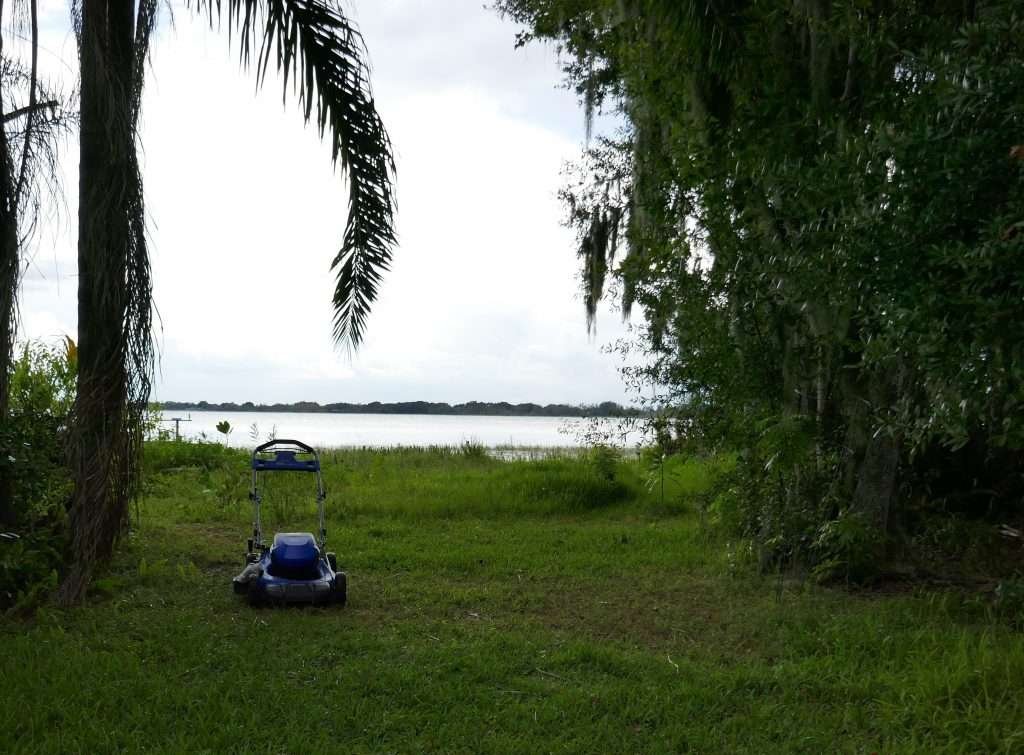
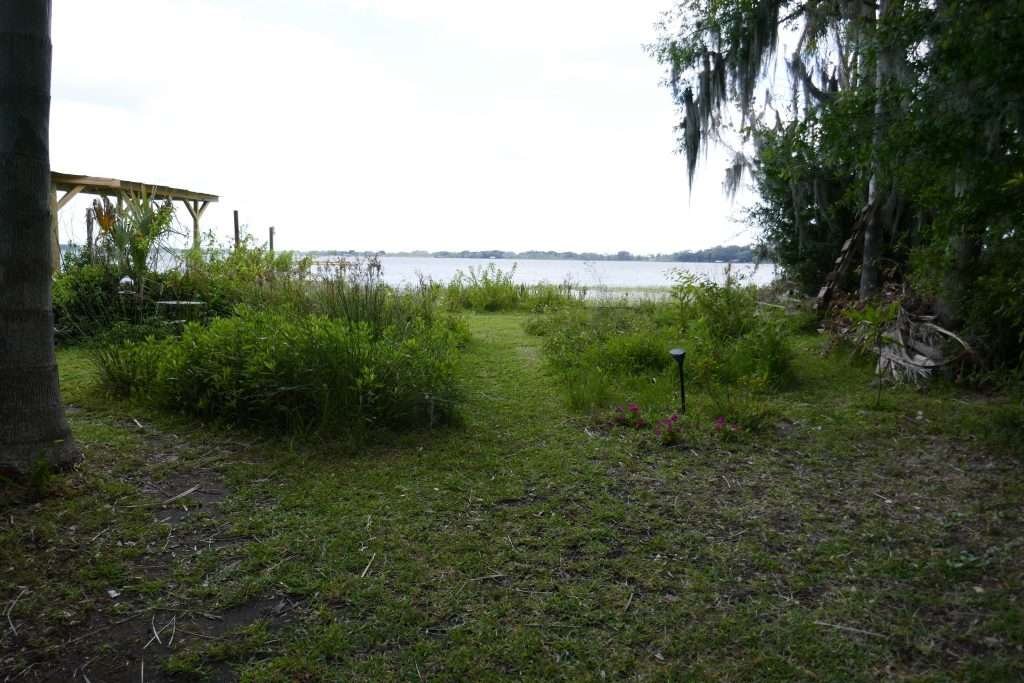
Some lawns are far too dense for native plants, and their seeds, to grow through. However, unless you marinate your lawn with poisons, and chemical fertilizers, I bet you have some natives waiting for the chance to do their thing. Lawns have frequent problem areas that occur underneath trees or in wet spots. Rather than fight that, as I see so many of my well-intended neighbors do by working endlessly to keep the grass alive, why not let a few native plants come up and see what you have to work with? Although the grass may be quite dense, there may be native plant roots waiting for a chance to be allowed to grow.
I’m sure you’ve been told that whatever has just emerged from the ground in your yard is a weed. I hear this all the time! These ‘weeds’ are native plants that evolved to grow in the habitat where you’re seeing them. And if you enjoy having natural areas then they are free plants without much work on your part. Grab a plant ID book, or app, and let some of the weeds grow. You may find it helpful to be able to identify a given ‘weed’ to those who may not share our level of enthusiasm about native plants.
Marsh fleabane seeds are available at the Sharons Florida Ebay Store.
NatureID: Plant Identification
Do you ever see a plant and wonder what it is? Would you like to have a personal botany expert on call when needed?
There are a handful of plant ID apps, but I find this one to be the most accurate.
The Guide to Florida Wildflowers by Walter Kingsley Taylor
If you’re somewhat newer to the whole native plant philosophy, you might be surprised to learn that many are very attractive, not to mention they provide food and habitat for wildlife. It may take a few months to mature, but with a little help, the patch you allow the volunteer native plants take over may end up looking like you landscaped it with store bought plants.
I was lucky enough to have a large patch of goldenrod, but wasn’t a hundred percent sure that’s what it was until it bloomed, and even then I don’t know which one because I haven’t taken the time to key it out. Regardless of what species it is I am grateful to have it because it is gorgeous when it blooms in the summertime and it will provide a much needed pollen and nectar for the insects in my green space. It works perfectly in my natural landscape and I didn’t have to buy dozens of potted plants to create it.
Having identification books on hand really is key to creating native areas in your green space unless you are very familiar with natives. Sometimes you can get lucky just leafing through the ID books and recognize the plant you’re looking for by its structure and leaf shape, but sometimes you have to wait until blooms appear to make a positive identification.


Native plants are very resilient, and determined, and usually regrow despite having been kept at bay for years by a lawn mower. But, given a chance they will take their rightful place and flourish. The huge bonus is the area can become almost zero maintenance except for removing unwanted, or troublesome, plants. Yes, things can look bushy at first, but remember you can prune and shape things and you didn’t have to purchase the plants or dig holes to plant them! Native plants left to grow back will be strong and grow quickly once allowed.
I used to love visiting native plant nurseries and would purchase wagonloads of plants, but illness prevents me from doing that now. Great news here is that I still get new plants, almost every day, for free! Allowing the natives to come up on their own usually rewards me with many, many, free plants. Mother Nature is my guide.
Years ago I learned to stop fighting Mother Nature. You eventually lose out and have nothing to show for all that work unless you spend a great deal of time on maintenance. Native plants, aside from all the economic and ecological reasons we must incorporate them into our yards, afford the gardener a dramatically greater chance of creating a successful landscape and are just simply easier to work with because they grew here first. Period. I learned to appreciate the labor-saving aspect of native-plant gardening years before Lupus would strike and render me solely dependent on this common-sense approach to growing plants and gardening.

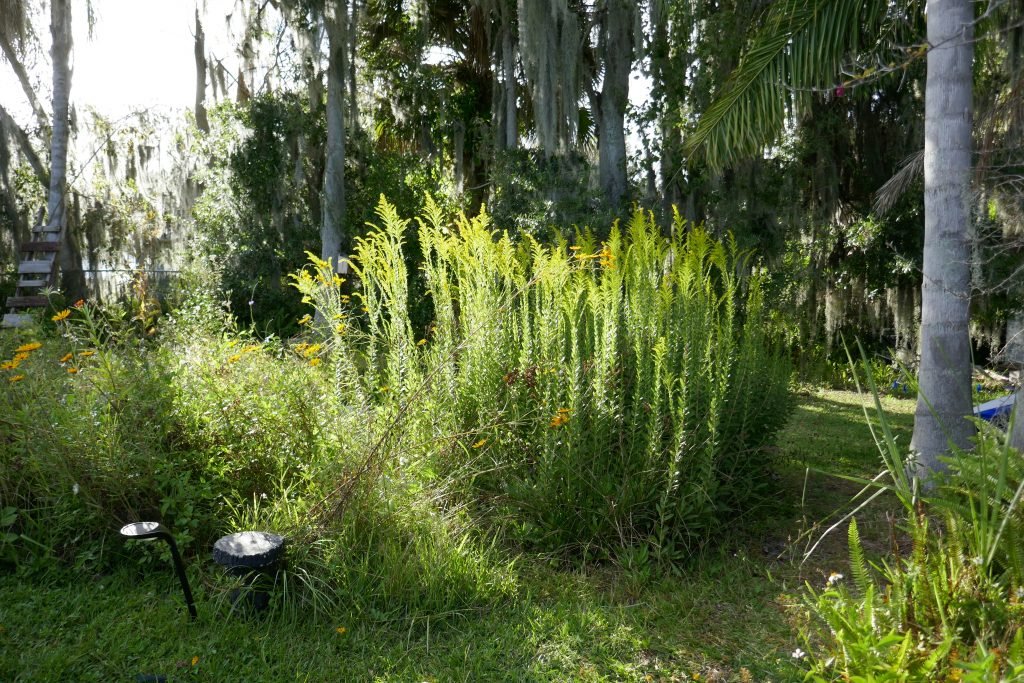
Over the last year the wildlife diversity in my green space has increased exponentially. Once there was a mono culture of lawn and now I have a variety of plants producing blooms that attract a variety of wildlife including bees, beetles, butterflies, and wasps. The bird life has also started to return along with some snakes and green anoles. Exactly what Mother Nature and I had planned!
If you find some plants scattered in areas where you don’t want them then transplant them all into one area. Use a random pattern so that it looks natural and not planted rows. Planting at least three or four plants together will create a more full, natural, look especially when they are in bloom. You can also get creative with swaths of a particular plant for more visual impact.
Once you have created your masterpiece natural rainfall, an occasional removal of dead plant material, and mowing some paths, will keep it beautiful for years to come.


Be sure to let the area accumulate leaf litter in order to provide nutrients for the plants as well as feed your natural earthworm population. Leaf litter also provides a layer of organic material for snakes and lizards to forage within.
If you find that you don’t like certain plants then move them to other areas until you find the right spot. If you transplant them within the same general area the environment should be similar enough that they will recover the transplant shock faster, if it occurs at all. If you find the plant isn’t to your liking then move it into the compost pile. It is your creation, and your green space, so keep what you want and remove the rest. Don’t be afraid to try things, be patient, and creative, and let Mother Nature show you her stuff.
Marsh fleabane seeds are available at the Sharons Florida Ebay Store.
Mother Nature thanks you!
